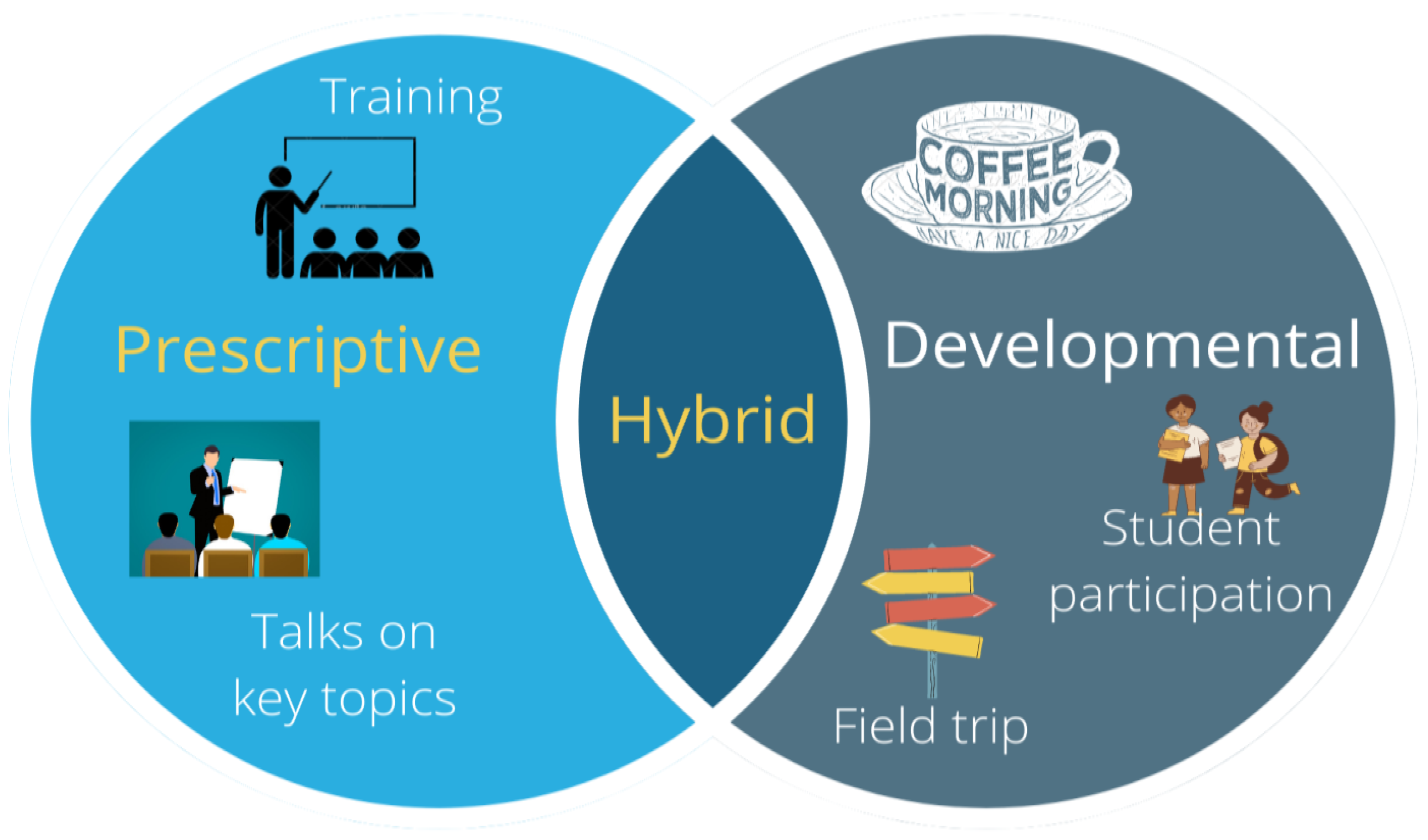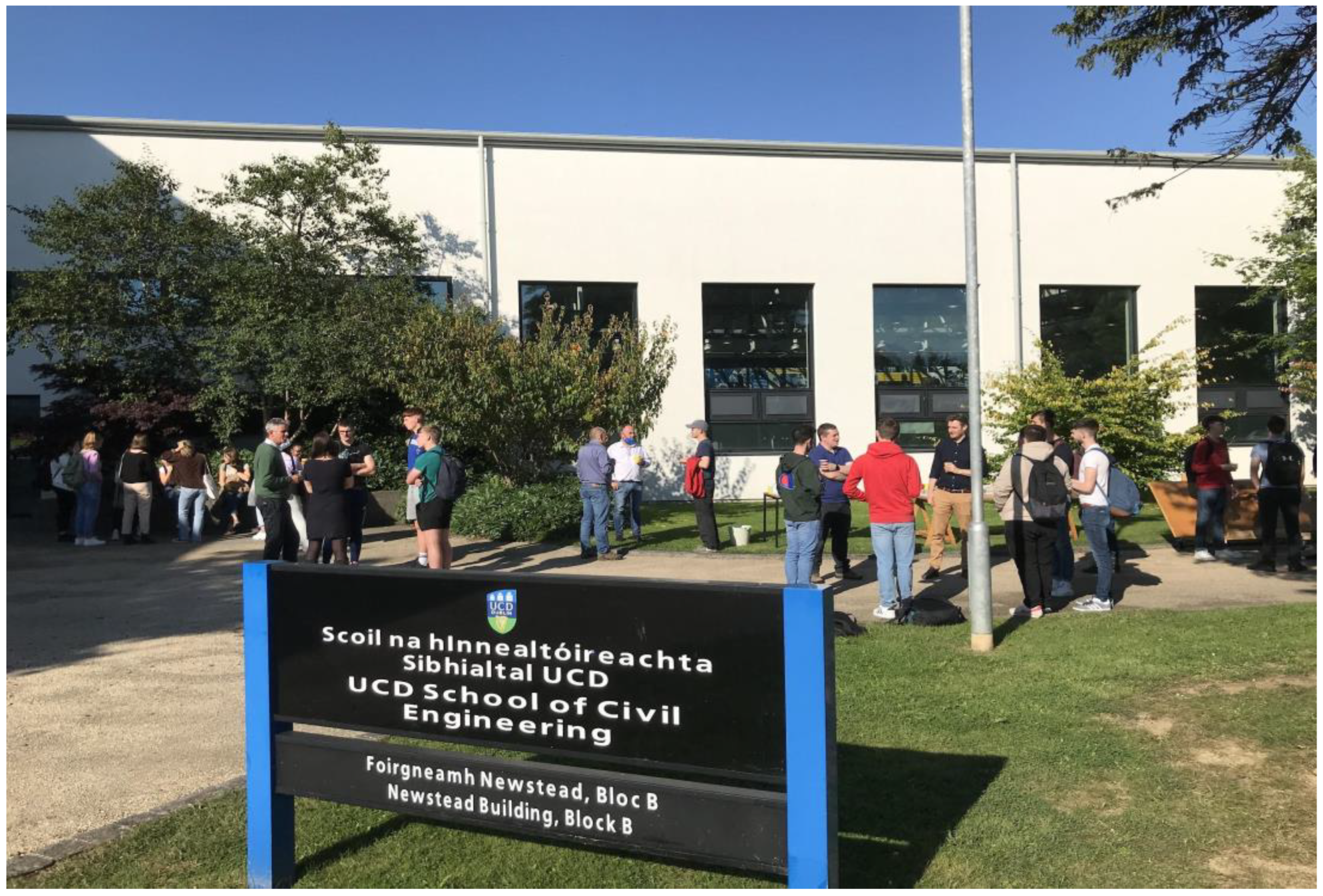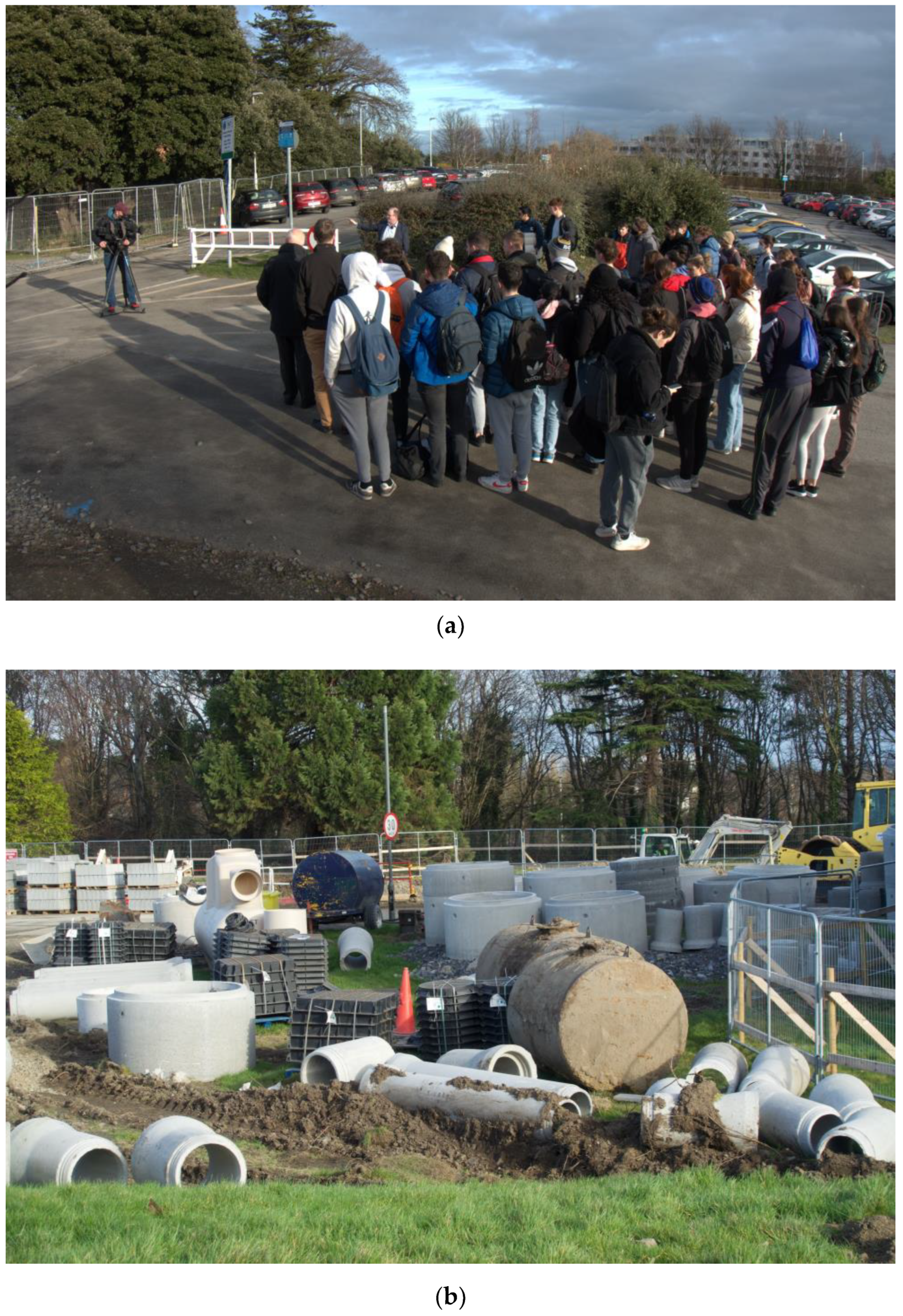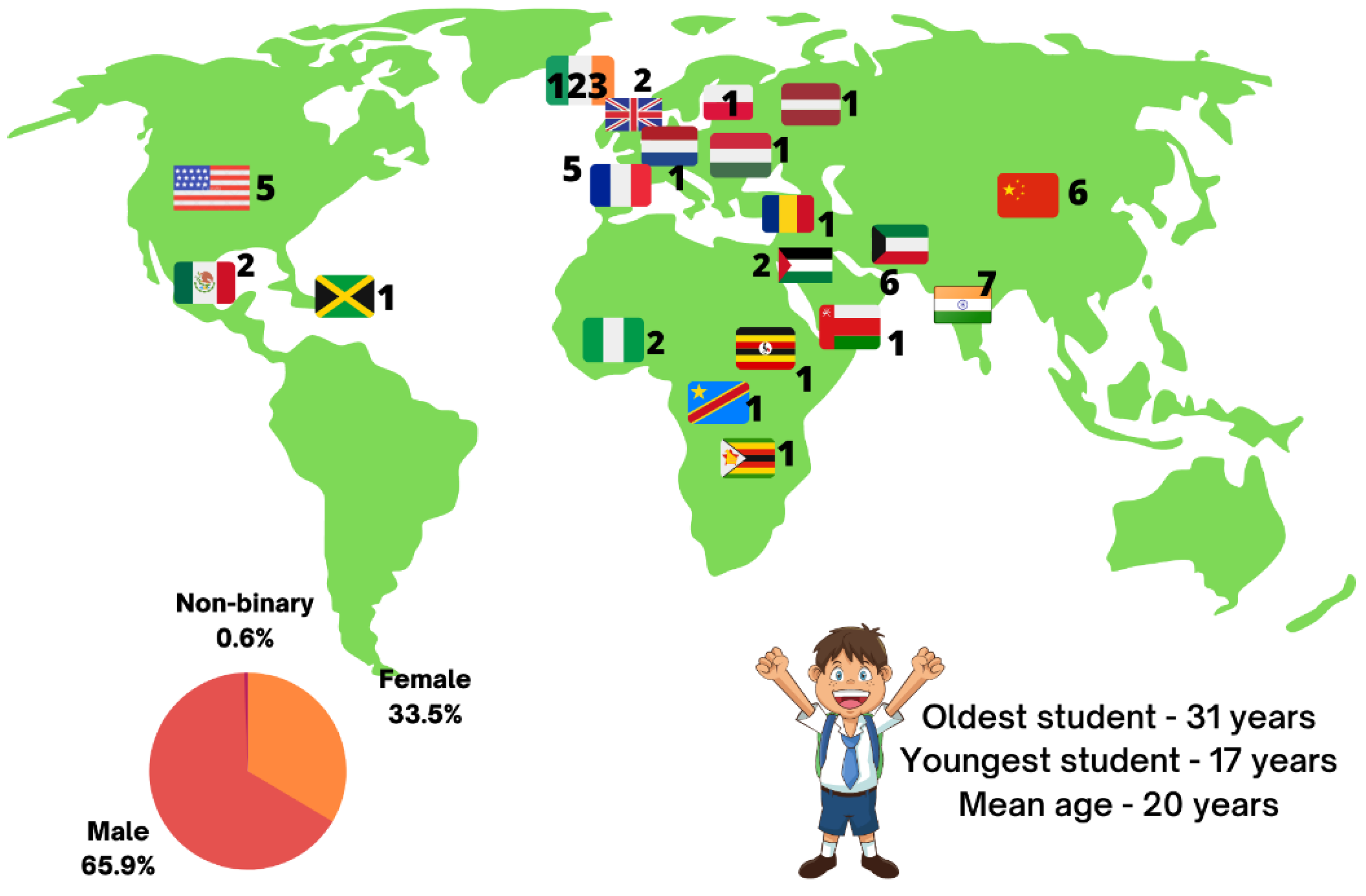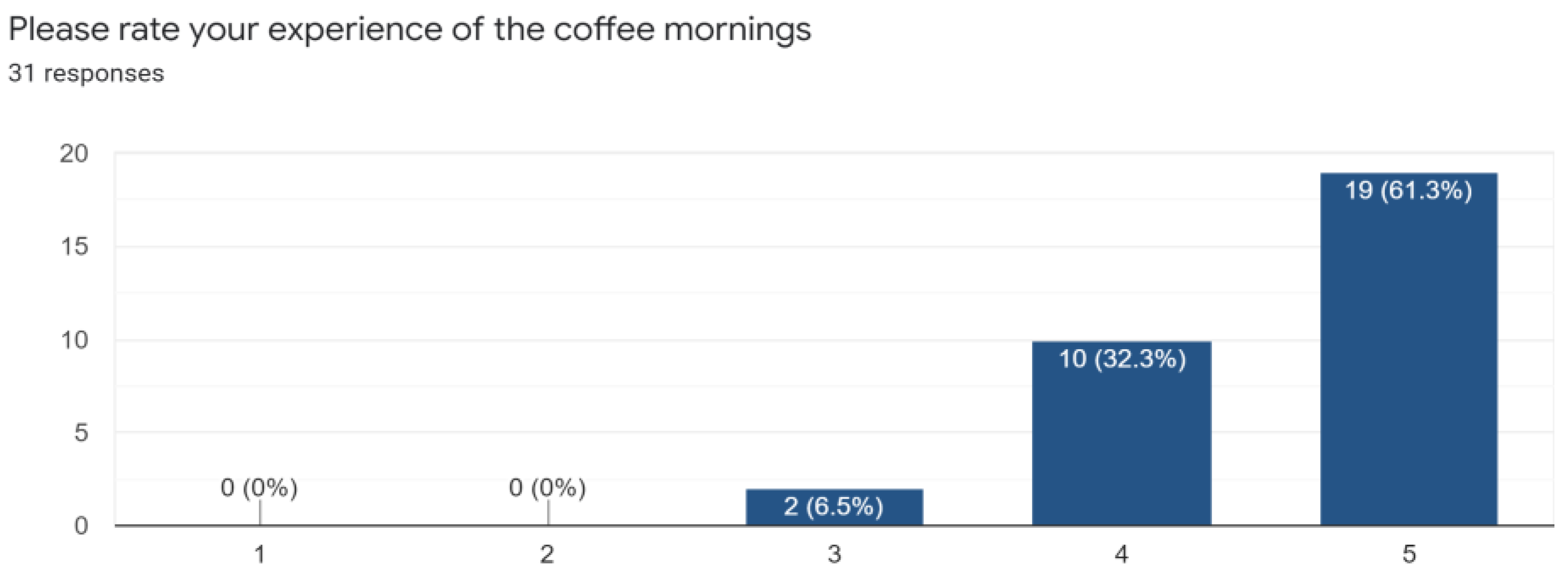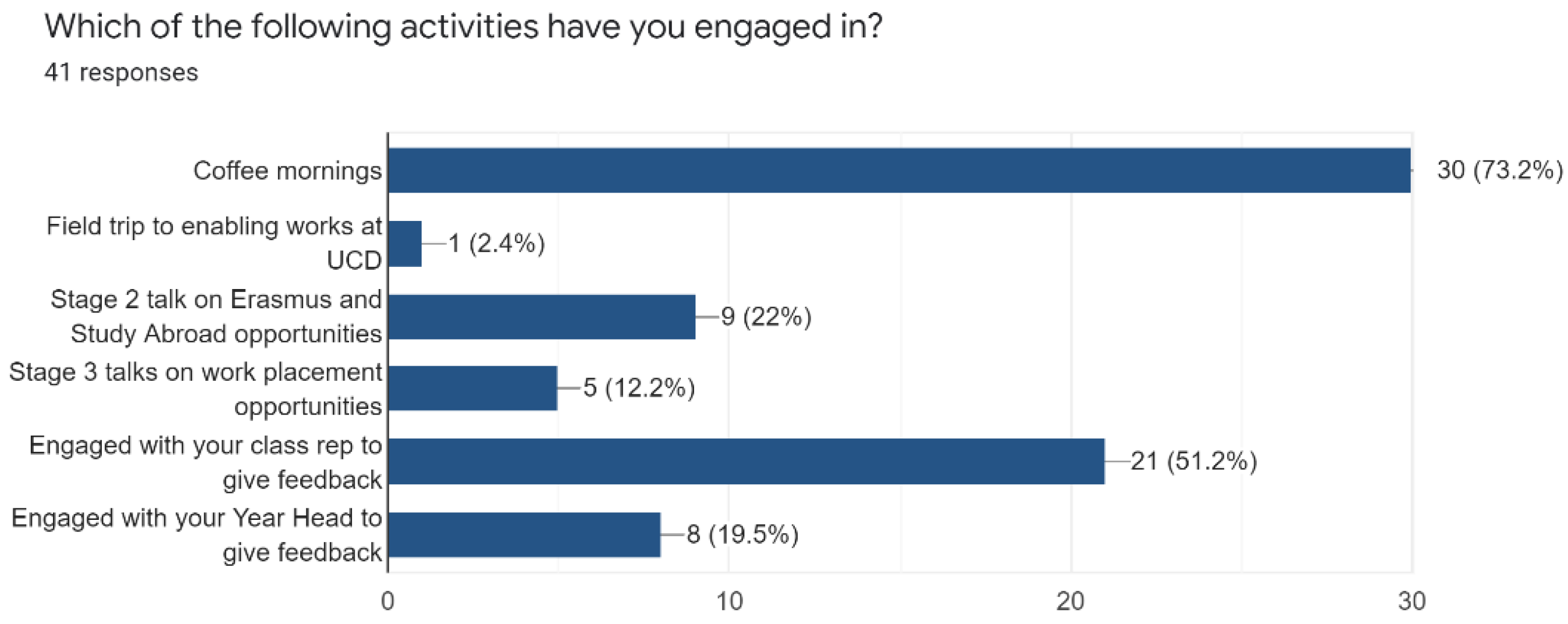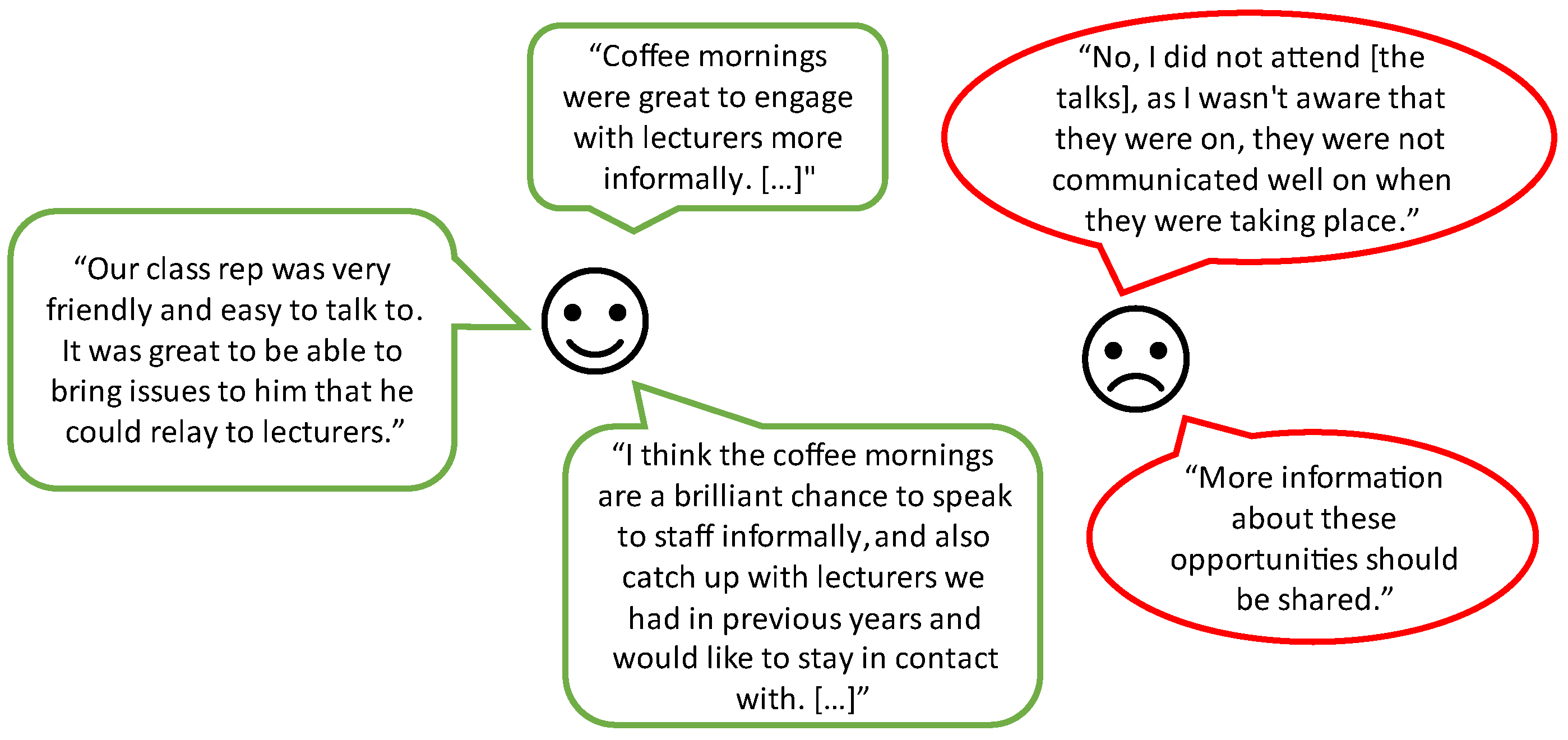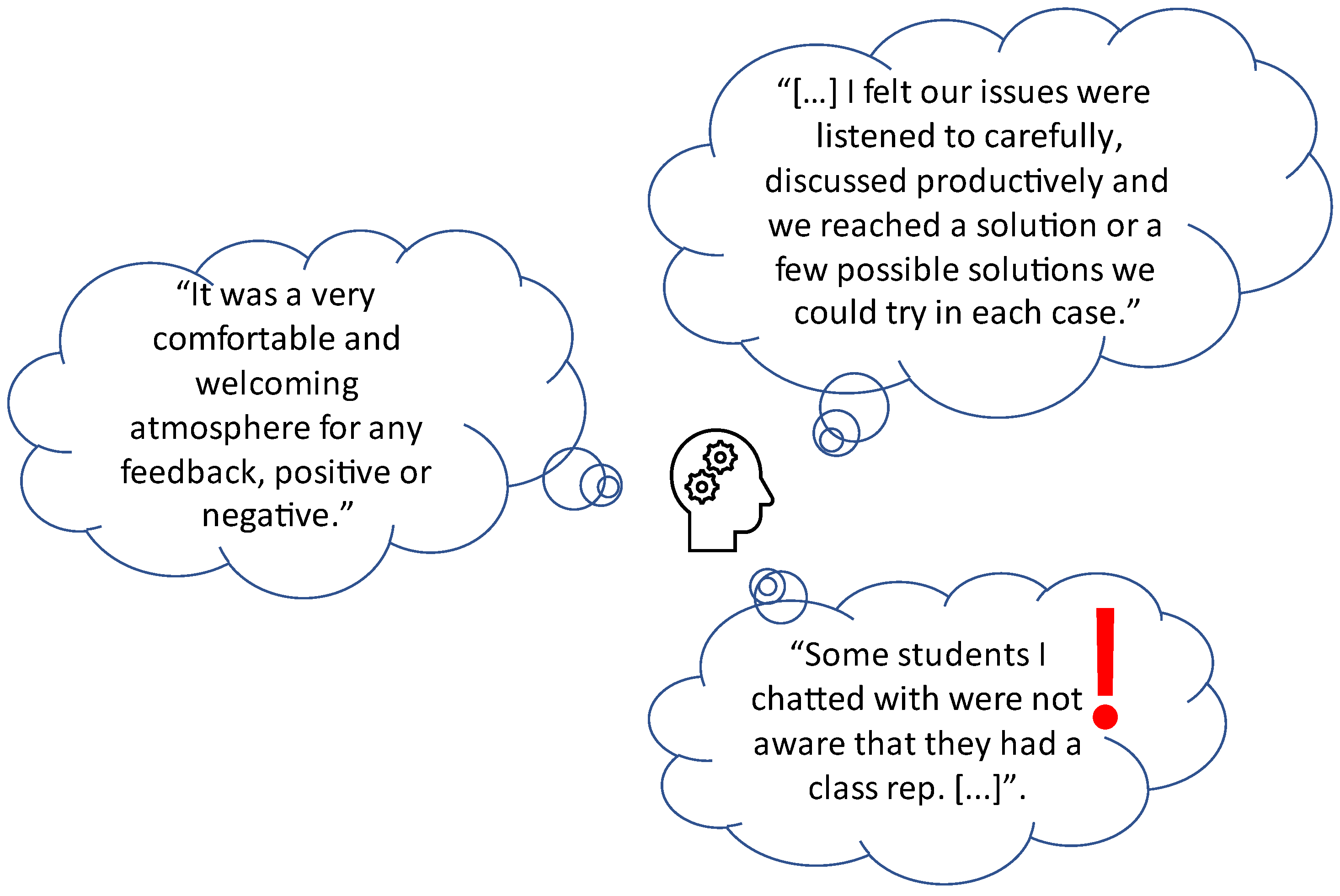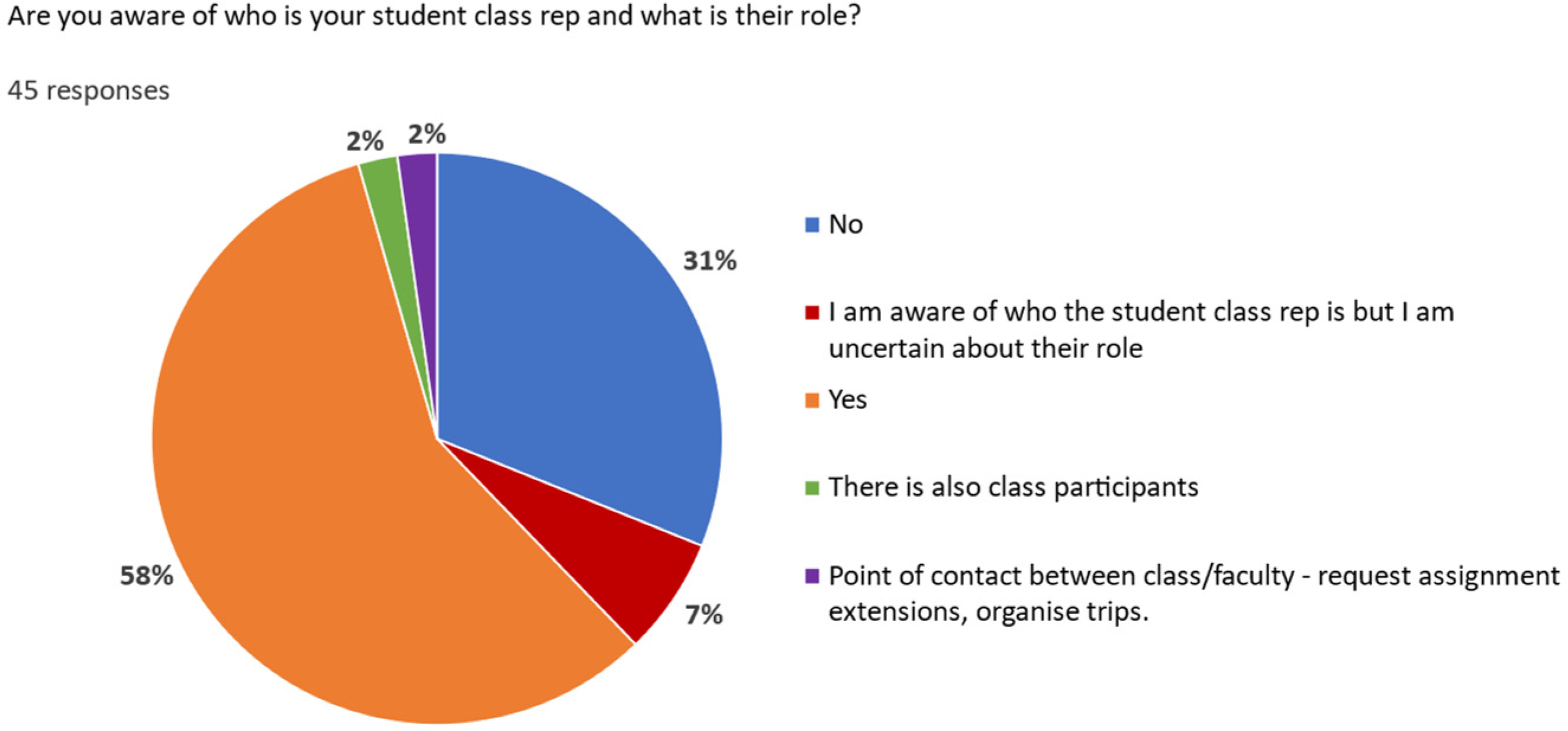1. Introduction
For centuries, the concept of Personal Tutoring has been integral to the educational system used in Oxford and Cambridge (UK) since the 16th century. More recently, in the United States (US), as the modern-day Higher Education (HE) elective system became dominant in the 1970s, the practice of Academic Advising developed as a means of helping students navigate the system [
1]. In 1979, the US National Academic Advising Association (NACADA) was established [
2]. Subsequently, the UK Advising and Tutoring Association (UKAT) was formed in 2015 [
3], and is the first allied group of NACADA to be established outside North America. According to NACADA, Academic Advising is a series of intentional interactions with a curriculum, a pedagogy, and a set of student learning outcomes. Academic Advising synthesises and contextualises students’ educational experiences within the frameworks of their aspirations, abilities and lives to extend learning beyond campus boundaries and time frames [
4].
The unique contribution of Academic Advising to the student experience lies in the provision of one-to-one student and faculty interaction. Holland et al. [
5] describe advisors as “individuals who are able to assist students with their socialisation into and navigation of the HE environment, including developing the academic skills and knowledge to succeed and guiding them to make thoughtful decisions about future careers”. It has been highlighted in the literature that Academic Advising should not be labelled as a service but that it is both part of the institution’s educational mission and the disciplinary instruction [
6].
The principal purpose of Academic Advising is to create the opportunity for a personal and consistent relationship between students and the faculty. This connection has been linked to benefits in student engagement and retention, which in turn leads to decreasing attrition, boosting graduation rates and creating a sense of connectedness to the institution [
7,
8,
9,
10,
11]. A further benefit of Academic Advising is assisting in the adjustment from high school/secondary school to an HE environment [
12,
13]. Moreover, certain cohorts stand to benefit significantly, notably those from low-income households and first-generation university students [
8]. Furthermore, Academic Advising impacts more than any other type of involvement in HE on meeting student expectations, supporting their satisfaction and aspirations regarding employability and attainment [
5] and is key in predicting student success [
10]. It encourages self-reflection so that the student can gain a deeper understanding of their own educational path and future ambitions, which helps to develop higher-order thinking skills, further supports the navigation of the institutional systems and processes, and enables the establishment of connections between the entire curriculum and student’s individual goals [
14].
Although some researchers have sought an overarching theory of Academic Advising, the general consensus suggests that there is no single theory or approach [
15], nor one which is deemed the most effective [
7] given that all exhibit strengths and weaknesses. Academic Advising approaches and models have drawn upon many theories covering a broad range of disciplines, from education, psychology and sociology to philosophy. The term ‘approaches’ is ubiquitous across the US literature and the subject of considerable debate, while the literature coming from the UK refers to ‘models’. Nonetheless, there appears to be some interchangeability between the terms style, approach and even sometimes theory [
15].
In 1972, seminal articles (later re-published in 1994) by Crookston [
16] and O’Banion [
17] made an early attempt to conceptualise the ways in which Academic Advising is carried out and introduced the terms ‘developmental’ and ‘prescriptive’ advising, which remain central to practice today [
18]. The developmental approach is student-centred and takes a holistic view of student development in HE. It is largely favoured by students due to the more personalised and supportive relationship it fosters [
5]. The model encourages student reflection since a lack thereof can lead to problems in the effective progression of students [
17]. In this approach, the academic advisor and the advisee are partners in educational discovery, implying that the responsibility is shared between the participants [
9]. Moreover, it seeks to establish a rapport between the two parties from which trust is built. ‘Developmental’ advising involves the exploration of life and vocational goals, the choice of programs and courses and the scheduling of courses [
17]. The holistic view of student development is also more likely to affirm a sense of connection to the institution than through the one-way directive approach of purely prescriptive advising; this approach also holds great potential to increase minority student engagement and sense of belonging [
13]. By contrast, the prescriptive approach was the favoured approach to Academic Advising before Crookston proposed the ‘developmental’ approach [
19] and is compared to the doctor-patient dynamic [
20]. In this approach, the advisor provides the student with the information needed to navigate the more administrative side of their academic experience. In some circumstances, students prefer to have a ‘prescriptive’ advising experience, in order to receive a comprehensive range of required information once and without the need for multiple sessions and the in-depth personnel discussion that developmental advising demands [
13]. Some research suggests that incoming 1st year students prefer or only need ‘prescriptive’ advising, wanting primarily to know what classes they need to take their first semester, while ‘developmental’ advising becomes more useful further into their college trajectory [
21,
22]. Recent research cites a need for flexible approaches to Academic Advising, due to the rapidly diversifying student populations and the growing complexity of the student experience, in addition to the tensions experienced regarding time and resource constraints [
23,
24].
From an organisational perspective, King [
25] broadly identifies three modes of delivery of Academic Advising: (1) the decentralised model, (2) the centralised model and (3) shared models. The decentralised model is a faculty-only model where students are assigned a faculty adviser from their department and there is no central advising office. Thus, it is a satellite model in which each academic unit has an advising office, from where primary role advisors operate. Its strength lies in the support of departmental autonomy and the variety of advising approaches depending on the local context, hence taking advantage of the expertise of faculty members in the subject area. However, it can be difficult to ensure adequate communication and coordination across advising units in this kind of model. On the other hand, the centralised model involves having one central advising office with primary role advisors, which in turn maximises adviser resources and coordination. Its strength arises from trained advisors who prioritise Academic Advising, easy accessibility to a central location, and other factors that contribute significantly to advisor engagement [
25]. However, there can be issues with student frustration stemming from a lack of advice and knowledge specific to their discipline, as this model is centred on primary role advisors and not faculty advisors. Finally, the shared model involves a combination of decentralised and centralised components for a hybrid approach [
26].
1.1. Context
The effort made at the School of Civil Engineering to enhance the Academic Advising model was carried out as part of a larger, university-wide project [
27]. At University College Dublin (UCD), Ireland, a policy gap has been identified with reference to the formalised provision of academic advice to our undergraduate and taught graduate students. Filling this gap was a stated objective in the UCD Education Strategy for 2015–2020 and is also included in the UCD proposed Education Strategy for 2021–2024. Such a policy is needed to ensure that all students are provided with high-quality academic support and advice through a proactive academic partnership with mutual expectations of faculty and students. At the request of the Registrar/Deputy President and with the approval of the Academic Council Executive Committee (ACEC), a university-wide working group was established. This group, under the chair of Professor Marie Clarke, Dean of Undergraduate Studies, has the objective of informing university-wide policy on Academic Advising. It is expected that the policy will set out the basic requirements and expectations of Academic Advising in the university while acknowledging that local departments may implement alternative advising systems that provide an equivalent level of support in the context of their needs and requirements. The consensus is that there are gaps, such as:
Personal academic advice to students at different points in the student lifecycle.
Academic advice to support individual students with decision-making and goal setting based on their academic performance, interests and talents.
Guidance and assistance in navigating programme structures, making choices relating to major/minor/specialism options.
Academic advice for students considering withdrawing/transferring from their programme.
Academic support/advice relating to professional practice, clinical placements and internships.
Support to assist students to become independent learners and address any academic issues as they arise.
At a local level, the proposed Academic Advising model for the School of Civil Engineering at UCD was developed in the context that many new, junior staff had recently been assigned to positions that entail a prominent role in Academic Advising (Head of Teaching and Learning, Programme Directors). There had been significant hiring of academic staff in the school in the previous three years and therefore it was deemed timely and appropriate to implement training workshops for these staff in their roles as academic advisors. Interestingly, Kohlfeld et al. [
28] noted that insufficient training and/or training that is mostly informational are considered a systematic obstacle to quality Academic Advising. According to Walker [
23], more training is needed to support the pastoral side of the role. For instance, a study conducted at a large, public, US university revealed a lack of specialist knowledge from general advisors for students in specialised areas such as nursing and engineering [
8]. Yoder and Joslin [
29] caution that “the advisor must never provide an un-researched answer and must know where to find the vetted source, such as a website, hand-out, or other official notification, for answers to student questions’’. Hence, it can be stated that credibility is critical if academic advisors are to retain students’ trust. It has been reported in the literature that new academic advisors “spend many hours learning their institution: its structure, programs, policies, and procedures” [
30]. The workshops organised as part of this project intended to address this upskilling. Furthermore, academic advisors “serve as information central for students who need clarification regarding institutional policies and procedures” [
31]. While excellent institutional publications and websites delineate policies, rules, and regulations, students rely on academic advisors to explain nuances, make needed connections, and outline the potential ramifications of student actions. Therefore, academic advisors must possess intimate knowledge of their institution’s internal workings and know whom on campus to contact when clarification is needed.
Woods [
32] designed an interactive digital training resource for personal tutors in the arts faculty and found that there was significant value and appreciation of online training resources for supporting personal tutors. Online training was often preferred to face-to-face training due to the flexibility it provides. Moreover, staff engagement with institutional training is more likely successful if delivered through digital systems which staff are already familiar with and easy to access. It was noted by Stuart et al. [
24] that staff tend to feel unsure if they are practising Academic Advising in scenarios in which they had received no induction training. They suggested that a strategy to address these challenges is to develop a comprehensive training programme which develops skills, establishes professional boundaries, and outlines protocol for referring students to other support services.
A further context that is specific to Academic Advising in the school was linked to the short amount of time that many of our students had spent on campus prior to the academic year 2021/2022. Due to the pandemic, academic staff were very conscious about the lack of campus life experienced by those students who had just completed their 1st year, which in UCD corresponds to undenominated engineering courses, and had now chosen Civil Engineering for the remainder of their degree. Furthermore, students who had concluded their 2nd year in the Spring of 2021 and were entering their 3rd year in September 2021, had only spent 5 months on campus (at the beginning of their first year, before they chose Civil Engineering). Hence, academic staff were very keen to ensure that Stage 2 and Stage 3 students had a positive settling-in and welcoming experience. Furthermore, there are key decision points in Stage 2 (Erasmus and Study Abroad), Stage 3 (exit routes with Bachelor of Science degree or Bachelor of Engineering degree), and Stage 4 (Work Placement) which would benefit from greater student peer input and academic advisor input.
1.2. Hybrid Academic Advising Model
This paper presents a hybrid model for Academic Advising in a Civil Engineering School. It is a shared model that incorporates elements of both the developmental and prescriptive approaches, and we are therefore clearly joining the Academic Advising conversation in this journal. Here, the focus is placed on the decentralised part of the model, e.g., those activities and resources that can be developed at the school level as opposed to the college or university level. The developmental approach is favoured in most instances, and, for this reason, our pedagogical interventions were designed for informal settings where students could build a rapport with academic advisors. The response from the students to this approach was very positive and it will inform how Academic Advising will be conducted in the school in the future. The importance and relevance of prescriptive elements of Academic Advising were also recognised, as well as the need for the faculty members to have a deep knowledge of the resources at their disposal in order to be effective in their roles as advisors. The latter is necessary to mitigate some of the drawbacks of decentralised models, namely the fact that advisors are faculty members for whom advising is not their primary role. In general, this work intends to showcase a practical example of how an Academic Advising model can be implemented, highlighting the elements that worked better according to the feedback received from the students and faculty members. We believe that the gathered insights are of interest to the Academic Advising community, given that they present a comprehensive case study of an Academic Advising model. It should also be mentioned that the implementation of the model faced some challenges related to the COVID-19 pandemic, such as the delay/cancellation of field trips, the attendance of students at some events or the coffee mornings being held outdoors. Another challenge was related to the recruitment of student participants in some programmes with significant international representation. Despite these challenges, the implementation of the model was mostly successful according to the feedback received. Moreover, the feedback from the students pointed out some challenges that will need to be addressed in the future, e.g., ensuring effective communication or the definition of local class rep.
The proposed hybrid model of Academic Advising implemented at the UCD School of Civil Engineering is described in
Section 2. The model is the combination of pre-existing elements and a series of new interventions that were informed by the literature cited in the introduction. The interventions were aimed at filling the gaps identified, namely the lack of training for advisors and the need to enhance the developmental elements of the model to ensure that a rapport was built between students and advisors. In order to evaluate whether these interventions were successful or not, feedback was gathered from students and faculty members through questionnaires and focus groups. The evaluation of the project is discussed in detail in
Section 3 (Results). Finally,
Section 4 discusses the results, outlines the learning outcomes from the project and draws conclusions.
2. Materials and Methods
The aim of our pedagogical intervention was to formalise and significantly expand Academic Advising in the School of Civil Engineering at UCD. It is a hybrid model that incorporates elements of both the developmental and prescriptive approaches. From an organisational perspective, the model combines centralised and decentralised resources. Examples of the former include the UCD Student Engagement, Conduct, Complaints and Appeals unit, UCD global (international students) or the student advisor available at the college level. However, a big part of the Academic Advising is carried out at a local (decentralised) level within the School of Civil Engineering. This paper will focus on the activities and resources implemented at a local level. In terms of those elements, the approach is mostly developmental, focusing on student-faculty interaction, but prescriptive elements are also present, such as talks on specific subjects for students or the creation of handbooks and a webpage.
Figure 1 highlights the nature of the different activities carried out and how they can be classified according to these approaches. The model has been developed incorporating guidance from the four NACADA pillar documents that champion the educational role of academic advising: concept of academic advising, core values of academic advising, core competencies of academic advising, and council for the advancement of standards in Higher Education [
4,
33,
34].
The formalisation of Academic Advising entailed conducting workshops for the faculty members that act as academic advisors at the school. In addition, a series of resources were developed to be made available for the faculty after completion of the project (shared Google Drive, handbook). Digital resources were preferred because they can be easily shared and updated, as well as being more sustainable than other options such as hard copies. At the same time, the volume of advising activities was increased to provide further opportunities for the students to engage with the academic staff. For this purpose, student participants were selected to act as ‘local class reps’ that liaise their respective classes with the faculty. It should be noted here that faculty members in the school are designated as ‘Year Heads’, for each stage and programme delivered at the UCD School of Civil Engineering. Within this framework, several activities were organised (coffee mornings, talks, staff-student forum, field trip) and resources created (webpage). Among these activities, some were already in place before the start of the project, e.g., talks on certain topics, and mainly followed a prescriptive approach. On the other hand, the new activities carried out as part of this intervention favoured a more developmental approach and sought to engage students in informal settings, e.g., coffee mornings, or fill in gaps in Academic Advising that have been noticed in previous years, e.g., talk on research career options. This section focuses on the school-level resources and activities of the hybrid Academic Advising model, whereas resources available at the college or university level are omitted from the description. The approach is student-centred focusing on fostering regular engagement between academic advisors and students in our school.
Table 1 shows the different Academic Advising activities for advisors and students. It should be noted that, as part of our model, a difference is made between the general cohort of students and the student participants that act as a liaison between the wider student population and the advisors. For each activity, the purpose of the intervention is stated as well as the corresponding resources that were generated. The main elements of the model are described in detail in the following subsections.
2.1. Training of Advisors
The changing climate for HE requires the constant education and development of its academic advisors [
33]. For that reason, every institution committed to student success must invest in training and ongoing professional development of academic advisors and advising administrators. Training should encompass institutional, college, and departmental levels to ensure advisors are fully trained on all aspects and requirements of their roles. To support faculty, several workshops (WS) corresponding to relevant topics on Academic Advising were organised. In particular, the following aspects were covered:
WS1: Financial aid and available scholarships.
WS2: Continuation, readmission and leave of absence.
WS3: Support for international students.
WS4: Disability awareness and accessibility.
WS5: Student discipline procedure, student complaints and student appeals.
These workshops were conducted by centralised UCD personnel and allowed for informative exchanges between the faculty members and staff deeply familiar with these resources. Recordings of the workshops and the corresponding slides have been included in a shared Google Drive to support future staff members in academic advisory roles. Furthermore, a staff handbook was prepared with relevant information and links for the faculty members in key roles within the school (Year Head, Programme Director, Erasmus/Study Abroad Coordinator, Work Placement Coordinator) to support the future handover of these roles, and the long-term sustainability of this project.
2.2. Engaging Student Leaders—Local Class Reps
Involving the students as active participants in this project was considered a priority from the beginning and deemed as being central to its success. They were engaged as partners in the design, implementation and evaluation of the project. The initial design for this project was developed taking on board student feedback on their experience from previous years, as noted by the external examiner and the Programme Directors. Following an open call for student participants, a gender-balanced group of ten student participants was selected to be involved in the project, representing all years and all but one programme offered by the school. These student participants, known as local class reps, were invited to regular meetings with their respective Year Head and Programme Director to establish and support effective communication. A staff-student forum was established where all ten student participants met with a number of faculty (Deputy Head of School, Year Heads) with an open agenda for discussion.
Expressions of interest were submitted by students and appointments were made by the Year Heads. Expectations for the role included:
Meet Year Heads 3–4 times per trimester for informal conversation and feedback
Meeting of the staff-student Newstead forum
Meeting with the external examiner
Acting as Peer Mentors to students in earlier stages
Assisting at information evenings for prospective students
Developing a handbook for future local class representatives
Evaluating the Academic Advising project
2.3. Engaging All Students
2.3.1. Coffee Mornings
According to NACADA [
33], it is essential for academic advisors to create rapport with students. Hughey [
35] describes the role of an academic advisor as engaging in a ‘series of intentional interactions’ with students intending to ease the accomplishment of student-learning outcomes. Moreover, the relevance that communication has on Academic Advising has been reported in the literature [
36]. Thus, there is an inherent link between the development of a relationship with students and the establishment of effective communication leading to meaningful dialogue and interactions [
35]. Academic Advising relationships develop through effective communication, which involves interpersonal interactions that promote understanding, learning, and trust through active listening, clear verbal interchange, and body language that is consistent with the speaker’s words. Through effective communication, advisors build rapport with students, which is a mutual understanding that leads to a bidirectional trust between advisor and advisee. [
37]. ”Anytime students have problems negotiating the bureaucracy of college, they should know they can ask their advisor for clarification and assistance” [
37].
With the aim of creating rapport with students and open informal lines of communication, one of the main activities developed in the project consisted of organising several coffee mornings during the semester to facilitate the informal meeting of students and faculty members, to support effective communication. Three coffee mornings per semester were carried out for each Stage. A simple outdoors setting with hot beverages and biscuits provided a welcoming environment for the students to spend a few minutes talking among themselves and with the teaching faculty. Year Heads, Programme Directors, the Work Placement coordinator, the Erasmus Coordinator, Peer Mentors, and the Student Advisor were also invited to join. The coffee mornings were successful in attracting students, in particular, the ones celebrated early in the first semester when the weather was more favourable (
Figure 2). They helped build rapport with students and offered an opportunity for informal, regular conversation, guidance and advice. We believe that students felt that these gatherings were a space for open communication and conversations about general topics developed into topics relevant to Academic Advising. Thus, the coffee mornings represented more defined opportunities for informal interaction with staff, resulting in a better learning experience and increased understanding of whom to contact in relation to academic concerns.
2.3.2. Regular Talks on Key Topics
In conjunction with the coffee mornings, more formal talks were organised to support key decision-making points in the student lifecycle. In particular, one of the goals here was to have fewer disappointments with late applications to the study abroad/Erasmus programme, a circumstance that had been observed in the past. The topics and dates of the talks were:
Credit-bearing work placement opportunity (Week 1 of Autumn Semester).
Preparing your Curriculum Vitae/Resume (Week 4 of Autumn Semester).
Online interview training (November, Autumn Semester).
Erasmus/Study Abroad opportunities. (Week 10 of Autumn Semester).
Navigating Programme Structures and making choices related to specialisation (Week 6 of Spring Semester)—pathways available on completion of Stage 3, including undergraduate (BSc, BE) and postgraduate courses (MEngSc, ME):
- 〇
Bachelor of Sciences (BSc).
- 〇
Bachelor of Engineering (BE) in Civil Engineering/Structural Engineering with Architecture.
- 〇
Research Masters Engineering Science (MEngSc) in Structural Engineering/Water, Waste and Environmental Engineering.
- 〇
Master of Engineering (ME) in Civil, Structural and Environmental Engineering/Engineering with Business (Civil)/Structural Engineering with Architecture.
First-year talks to students to attract them to the Programmes offered at the school (Week 9 of Autumn Semester and Week 5 of Spring Semester).
Talk to Stage 4–5 on research career options (Week 10 of Spring Semester).
2.3.3. Field Trip
A field trip was organised for students in Stage 2. They visited a construction site on the UCD campus to facilitate a large development consisting of a new centre for creativity and future learning (
Figure 3). Although this activity had a technical component to it, we considered that the field trip provided an additional opportunity to support the students by establishing a link between their current studies and potential future professions. Only one field trip was organised in the context of the project due to COVID-19 restrictions, but others were planned originally and are intended to take place in future years. Furthermore, a virtual field trip video is in production, so that can be used for pedagogic purposes.
2.3.4. Webpage
Finally, a webpage was produced on the school website containing all information related to Academic Advising that students may need, e.g., names and contact details of academic advisors and signposting students to other relevant information [
38]. We believe that providing a centralised source of information for the students in the school represents an improvement in comparison to the visibility of this information prior to the implementation of the project. In addition to the webpage, it is expected that other means of communication will be explored in the future (infographics, social media, sign-posting, short snippets of key information). The webpage includes information such as: Who the advisors are, their headshots and description of their roles; Work-placement; Study abroad/Erasmus; Civil Society; Navigating programme structures; Decisions/talks for first-year students; Financial aid; Continuation, Readmission and Leave of Absence; Support for international students; Student discipline procedure, student complaints and student appeals; and the Staff-student Newstead forum.
2.4. Engaging Students in Academic Difficulty
In addition to the activities described before, the Programme Directors hold academic review meetings with relevant students. These meetings were happening before the project started, but they are included here because they represent one of the most direct forms of Academic Advising at the school. The review meetings occur following an annual continuation review process based on the academic progression in the academic year, and a mid-year review that only reviews Autumn grades (in isolation from their full academic history). The latter offers students an opportunity to avail of academic guidance midway through their academic term. There is a formal record of every meeting containing any recommendations that are suggested to the student(s). The aim of the meeting is to inform the student of the supports that are available to address any issues that may have contributed to their academic performance, and also put in place a clear academic plan to remediate their failed modules and support their progression. Typical topics being discussed include:
Agree on an academic plan—Discuss failed modules, plans for remediation and what to concentrate on this trimester including resits/repeats.
Advice on workload, i.e., what next Stage modules to take.
Advice to students such as extenuating circumstances application, leave of absence or withdrawal.
Possible referrals, e.g., Module Co-ordinator, Programme Director, Maths Support Centre, Writing Centre, Student Adviser, Access and LifeLong Learning.
Referral to College Office for assistance: e.g., the student should speak to the College Office about registration assistance or an extenuating circumstances application.
4. Discussion
The student survey, student focus group and staff focus group feedback results obtained from implementing the Academic Advising model in the School of Civil Engineering seem to indicate that the process worked effectively and that students were mostly satisfied with the organised activities and provided resources. It is intended that the activities carried out during the project will continue in future years. Together with the work done in the formalisation of resources (webpage, staff, and student handbooks, Google Drive), it is envisioned that the Academic Advising model proposed here will have a lasting and improving effect on the quality of Academic Advising at the school.
When the project started, it aimed at improving Academic Advising within the School of Civil Engineering on two fronts. On the one hand, we sought to upskill the faculty members that act as advisors to the students. In this sense, it is considered that the provision of clearly defined expectations, responsibilities, and professional boundaries for faculty advisers relating to pastoral care is of great importance. This was successfully tackled through a series of workshops primarily attended by newer members of staff. Additionally, faculty members were made aware of the protocols for referring students to other campus professional support services, when and if necessary. The importance of training for advisors is extensively mentioned in the literature [
23,
24,
28,
29], and this project attempted to fill this gap. The benefits that this intervention brings to the quality of Academic Advising should be assessed over the next few years. On the other hand, this pedagogic intervention intended to improve the Academic Advising experience of the students in the school. As reported in the evaluation section, the feedback received from the students was mostly positive in this regard and it highlighted the power of providing students with the opportunity to engage with faculty members in informal settings (coffee mornings, one-to-one meetings). Therefore, it would seem that the students highly appreciate the elements of the developmental approach that have been incorporated into our model. This seems to be consistent with the literature reporting that many students feel more comfortable with a developmental approach to Academic Advising, in particular those in later stages [
5]. Nonetheless, some prescriptive elements are still necessary, such as the talks relating to navigating structures.
We believe that the success of these informal meetings arises in part from the wide diversity in the cohort of students in terms of gender, ethnicity, age and background. As a result, we feel that the value of this diversity cannot be overstated in the preparation of the future institutional policy. This is one of the learnings towards an institutional policy that were drawn from the project and that can be considered as a secondary, but highly significant, outcome. In addition, the feedback from students has also shown us that students are often unaware of what we, as academic advisors, do. Hence, we intend to use our newly created webpage as a signpost for students to make public all the staff-student interactions available to them. Finally, the advisees’ need for specialised advice relating to their field of study suggests that a decentralised model is most effective regarding student needs, which are inclined to differ according to the academic subject. An Academic Advising framework in which students are assigned a faculty adviser from their own faculty is highly preferable; thus, coordination and consistency of Academic Advising policy, protocol, policy and delivery across faculties should be paramount.
The main conclusions drawn from this work are as follows:
Students have responded well to the informal events created for engagement with academic advisors.
The local class reps are fulfilling a very helpful role of acting as liaisons between the general cohort of students and the Year Heads. Their commitment is being appreciated by their fellow students.
The project has produced tangible and lasting resources for students (webpage, student handbook) and advisors (training material, shared Google Drive, staff handbook) that will help maintain a high level of Academic Advising at the School of Civil Engineering.
A wider advertisement of the role of local class rep and the academic advising activities should be ensured in future academic years, in particular among new students.
